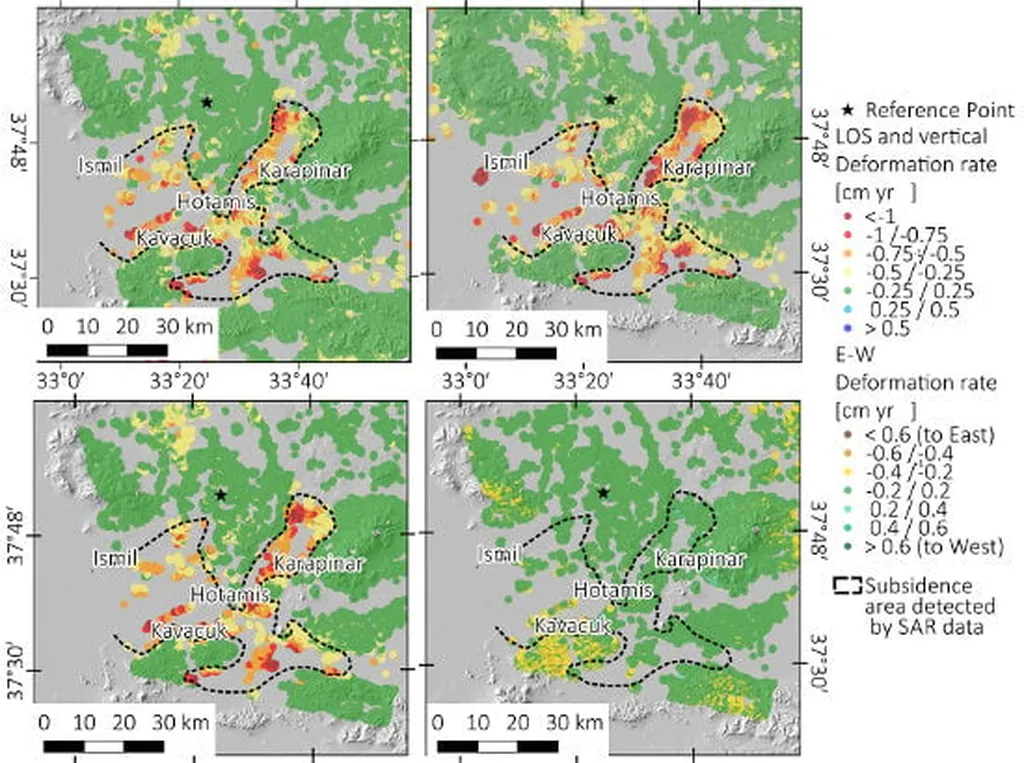In the heart of China’s agricultural innovation, researchers at the College of Natural Resources and Environment, Northwest A&F University, are redefining how we monitor crop health. Led by Xiaokai Chen, a team of scientists has been exploring the potential of multispectral remote sensing to revolutionize nitrogen monitoring in winter wheat fields. Their findings, published in the journal *Remote Sensing* (translated as “Remote Sensing” in English), could have significant implications for precision agriculture and the energy sector.
Timely and accurate monitoring of crop nitrogen (N) status is crucial for optimizing fertilizer use and improving crop yields. Traditionally, hyperspectral remote sensing using Unmanned Aerial Vehicles (UAVs) has been the go-to method for estimating plant nitrogen concentration (PNC). However, the high cost and complexity of hyperspectral sensors have limited their large-scale application.
Chen and his team set out to compare the performance of UAV hyperspectral data with simulated multispectral data from more accessible and cost-effective platforms: the DJI Phantom 4 Multispectral (P4M), PlanetScope (PS), and Sentinel-2A (S2). “We wanted to see if we could achieve similar accuracy in estimating PNC using multispectral data, which is more affordable and easier to implement,” Chen explained.
The researchers collected spectral data across six growth stages over two seasons and resampled it to match the spectral characteristics of the three multispectral sensors. They then employed three variable selection strategies—one-dimensional (1D) spectral reflectance, optimized two-dimensional (2D), and three-dimensional (3D) spectral indices—combined with machine learning algorithms like Random Forest Regression (RFR), Support Vector Machine Regression (SVMR), and Partial Least Squares Regression (PLSR) to build PNC prediction models.
The results were promising. While hyperspectral data yielded slightly higher accuracy, optimized multispectral indices, particularly from PS and S2, achieved comparable performance. Among the models, SVM and RFR showed consistent effectiveness across strategies. “This suggests that low-cost multispectral platforms can be a practical alternative for crop N monitoring,” Chen noted.
The implications for the energy sector are significant. Precision agriculture, enabled by affordable and accessible remote sensing technologies, can lead to more efficient use of fertilizers, reducing the energy-intensive production and application of nitrogen-based fertilizers. This not only cuts costs for farmers but also contributes to sustainability goals by reducing the environmental impact of agriculture.
Looking ahead, Chen and his team plan to validate these models using real satellite imagery and explore multi-source data fusion with advanced learning algorithms. “We believe that integrating data from multiple sources and using advanced machine learning techniques can further improve the accuracy and reliability of our models,” Chen said.
This research highlights the potential of multispectral remote sensing to transform precision agriculture. By making nitrogen monitoring more accessible and affordable, it paves the way for more sustainable and efficient farming practices, ultimately benefiting both the agricultural and energy sectors. As Chen and his team continue to push the boundaries of remote sensing technology, the future of precision agriculture looks brighter than ever.

